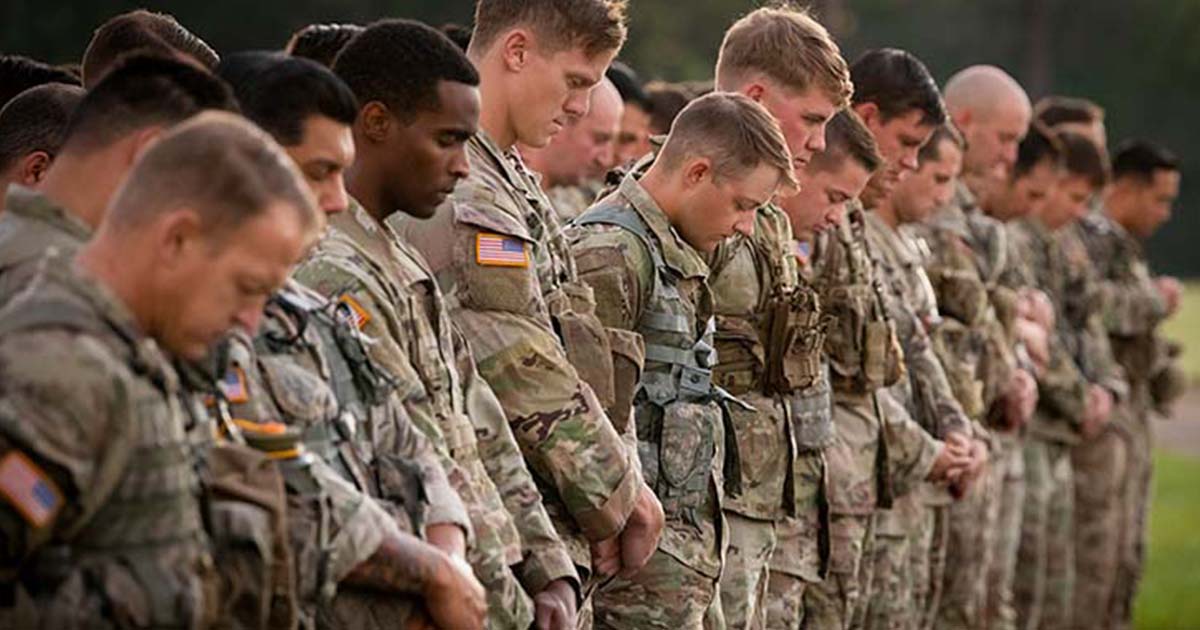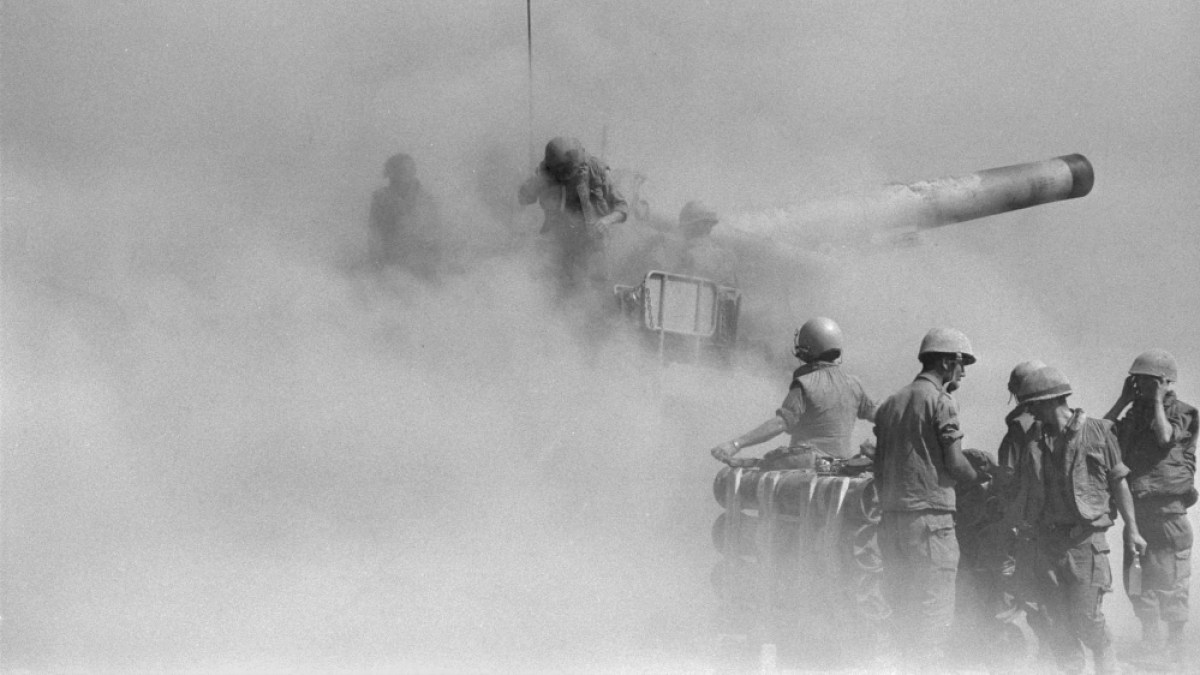BarnBuster
Virtually Unknown Member
On 22 August, Task Force Ranger, consisting of one company of Rangers from 3/75, a special forces unit, and a deployment package of the 160th SOAR (A), was ordered to deploy to Mogadishu, Somalia. They departed on 26 August.
The mission of the 160th SOAR (A) as defined by the task force commander was: “When directed, [to] deploy to Mogadishu, Somalia; [to] conduct operations to capture General Aideed and/or designated others. The aviation task force must be prepared to conduct two primary courses of action: moving convoy and strong point assault. . . . Success is defined as the live capture of General Aideed and designated individuals and recovery to the designated transload point; safely and without fratricide.”
In Mogadishu the task force occupied an old hangar and old construction trailers under primitive conditions. During the month of September, the force conducted several successful missions to arrest Aideed sympathizers and to confiscate arms caches. The aircraft also made frequent flights over the city to desensitize the public to the presence of military aircraft and to familiarize themselves with the narrow streets and alleys of the city.
On the afternoon of 3 October 1993, informed that two leaders of Aideed’s clan were at a residence in central Mogadishu, the task force sent 19 aircraft, 12 vehicles, and 160 men to arrest them.
During the mission, one of the Rangers fast-roping from an MH-60 Blackhawk helicopter, missed the rope and fell 70 feet to the street below, badly injuring himself.
The two leaders were quickly arrested, and the prisoners and the injured Ranger were loaded on a convoy of ground vehicles. Armed Somalis were converging on the target area from all over the city.
In the meantime, another MH-60, call sign Super 61 and piloted by CW4 Clifton P. Wolcott and CW3 Donovan Briley, was flying low over the street a few blocks from the target area, and was struck from behind by an rocket propelled grenade (RPG). The MH-60 crashed to the street below.
The convoy and the Somali crowds immediately headed for the crash site. An MH-6 Little Bird, call sign Star 41, piloted by CW4 Keith Jones and CW3 Karl Maier, landed in the street next to the downed MH-60 and attempted to evacuate the casualties. Both Wolcott and Briley had been killed in the crash. Jones went to assist survivors, successfully pulling two soldiers into the Little Bird, while Maier laid down suppressive fire from the cockpit with his individual weapon.
Under intense ground fire, the MH-6 departed with its crew and survivors. In the meantime, Blackhawk Super 64, with pilot CW3 Michael Durant, copilot CW4 Raymond Frank, and crewmembers SSG William Cleveland and SSG Thomas Field, moved in to take Super 61’s place in the formation.
As Super 64 circled over the target area, an RPG suddenly struck it. The Blackhawk’s tail rotor was severely damaged, and the air mission commander ordered it back to the airfield. En route to the airfield, the tail rotor and much of the rear assembly fell off, and the helicopter pitched forward and crashed.
Meanwhile the ground convoy had lost its way, and rescue forces were already overtaxed at the site of the first Blackhawk crash. As armed Somalis rushed toward the Super 64 crash site, the crew’s only hope came from SFC Randall Shughart and MSG Gary Gordon aboard the covering Blackhawk, Super 62, who volunteered to jump in and protect the crew of the downed helicopter. They would ultimately sacrifice their lives for their downed comrades. Durant and Frank had both suffered broken legs in the crash, and both of the crew chiefs were severely wounded.
A large crowd of Somalis, organized by the local militia, surrounded the crew and their rescuers and engaged in a fierce firefight, killing all but Durant. Then, they rushed the downed pilot, severely beating him and taking him prisoner. Meanwhile another Blackhawk carrying a rescue team arrived over the crash site of Super 61 and the 15-man team fast-roped to the ground.
They found both Wolcott and Briley already dead, but crew chiefs Staff Sgt. Ray Dowdy and Staff Sgt. Charlie Warren were still alive in the wreckage. It took hours to pry Wolcott’s body from the wreckage. In the meantime, the soldiers set up a perimeter to protect against attack from Somali militia and armed civilians and awaited the arrival of a convoy from the 10th Mountain Division to rescue them.
The militia had taken Mike Durant captive, planning to trade him for Somali prisoners. But before they could get him back to their village, they were intercepted by local bandits, who took Durant, intending to use him for ransom. He was taken back to a house where he was held, interrogated, and videotaped. Later, after Aideed paid his ransom, Durant was moved to the apartment of Aideed’s propaganda minister.
After five days, he was visited by a representative of the International Red Cross and interviewed by British and French journalists. Finally, after ten days, with the intervention of former U.S. Ambassador to Somalia Robert Oakley, he was released and flew home to a hero’s welcome. The mission was over.
The 160th SOAR (A) had been involved in the fiercest battle since the Vietnam War. It had lost two MH-60 aircraft with two more severely damaged, suffered eight wounded and five killed in action, and had had one of its pilots taken captive. Despite the public perception that this was a failed mission, Task Force Ranger did take into custody and delivered the two leaders from Aideed’s clan, resulting in mission accomplishment. President Clinton expressed sorrow at the deaths of American soldiers in Somalia, but reaffirmed those U.S. forces would stay in the African nation.
That 2-day action resulted in awards of 2 Medals of Honor (both posthumously), 1 Air Force Cross, and at least three dozen Silver Stars including awards to 2 Air Force personnel, 5 Navy Seals, and two dozen or more Army soldiers, pilots, Rangers, and Delta Force members.

Battle of Mogadishu
From an NCO perspective, the Battle of Mogadishu presents how leaders must be proactive in planning and following mission command principles. This helps leaders make sound decisions appropriate to the situation and prepares them for the challenges ahead.
www.armyupress.army.mil
















